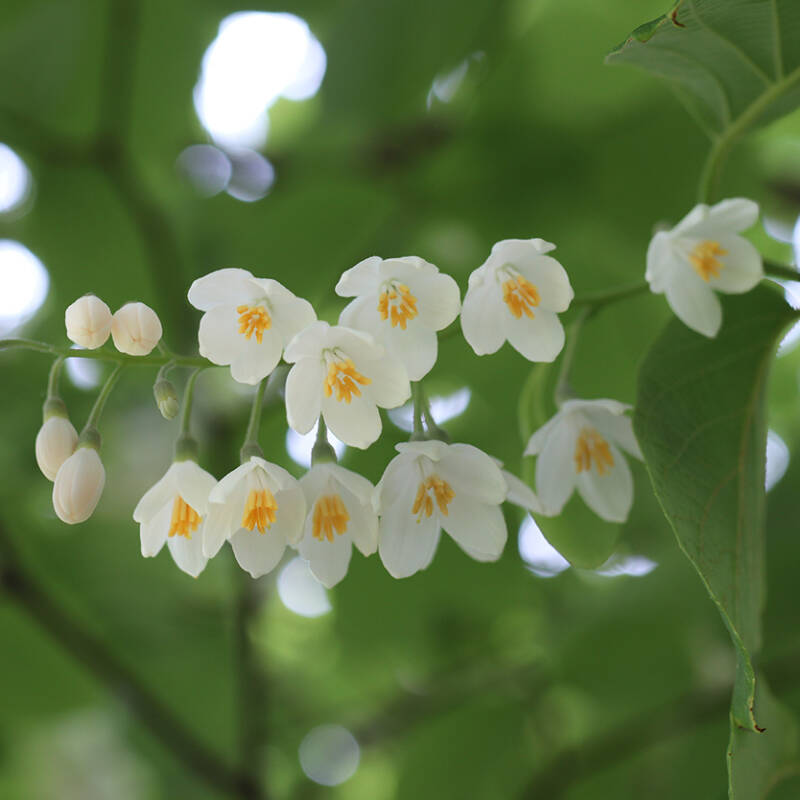To deadhead or not to deadhead—that is the question.
Perhaps you’re new to gardening or maybe you have some new plants you’re not familiar with in your garden, and you want to know, do you need to deadhead? The answer is, it depends.
Deadheading is the process of cutting off spent blooms. That in itself is simple. It gets complicated because different plants have different needs. And gardeners have different needs. Deadheading is highly dependent on the type of plant and the type of gardener.
Featured photograph by John Merkl for Gardenista, from Gardening 101: How to Prune Roses.
Why should you deadhead?

- To promote a new flush of flowers. Roses, tickseed, coneflower, and delphinium are just a few of the perennial flowers that that will have a second round of blooms when you deadhead. Most annuals, like marigolds, sages and zinnias, will also continue to send out flowers if deadheaded.
- To redirect the plant’s energy from seed-making to growing more flowers, roots, and leaves. Sometimes you want a stronger plant, and you want the plant to focus on building a stronger root system.
- To prevent the plant from going to seed. Sometimes you don’t want more of the same plant.
When should you not deadhead?

- If you want more of the same plants! Columbine self-seeds with abandon. They are a short-lived perennial, and their self seeding allows them to spread in your garden.
- If you have biennials, and you want them to complete their two year life cycle. The first year is all leaves; the second year, the plant produces a flower and then dies. Foxglove is an example. Allowing it to go to seed will yield more foxgloves in the following years.
- If you want to provide food for the birds. Coneflowers are a favorite of goldfinches. They are late nesters, which aligns with when the coneflower seed heads are ripe in late summer.
- If you want to provide food for wildlife during the cold months. In the late summer and early fall, leave the seed heads for food for wildlife over the winter months.
Whether you deadhead or not, is a mix of personal choice and the type of plant. A bit of research can help you figure out which is best for your garden.
See also:
- DIY: How to Clean and Care for Garden Pruners
- 10 Easy Pieces: Garden Pruners
- Ask the Expert: 7 Tips to Grow Cut Flowers in a Tiny Garden, from Floret Farm
Frequently asked questions
What is deadheading?
Deadheading is the process of removing spent flowers from plants. It involves cutting or pinching off the faded or wilted blooms to encourage new growth and prevent the formation of seeds.
Why should I deadhead my flowers?
Deadheading promotes a longer blooming season and stimulates the production of new flowers. It also enhances the overall appearance of the plant, making it look neater and more attractive.
Which plants benefit from deadheading?
Many flowering plants benefit from deadheading, including roses, dahlias, petunias, marigolds, pansies, and geraniums. However, it's always best to research specific plants to ensure they will respond positively to deadheading.
When should I deadhead my plants?
Deadheading should be done regularly throughout the blooming season. As a general rule, remove faded flowers as soon as they start to wither and lose their vibrant color.
How do I deadhead my plants?
To deadhead, locate the spent flower just above the first set of healthy leaves or bud. Use sharp pruning shears or your fingers to cut or pinch off the flower stem. Be careful not to damage the surrounding foliage or developing buds.
Are there any exceptions to deadheading?
While deadheading benefits many plants, there are some exceptions. Certain flowering perennials and ornamental grasses, for example, may have attractive seed heads that add interest to the garden. In such cases, leaving the spent flowers can be beneficial.
Can I deadhead in the fall?
Deadheading in the fall is generally not recommended. Many plants require their spent flowers to produce seeds that will help them survive winter and propagate. It's best to wait until the following spring for deadheading.
Does deadheading require any special tools?
Deadheading can be done using either sharp pruning shears or simply using your fingers to pinch off the faded blooms. The choice of tools depends on personal preference and the type of plants being deadheaded.
Should I fertilize after deadheading?
After deadheading, it's beneficial to provide the plants with a light application of balanced fertilizer. This will help promote new growth and encourage the production of fresh blooms.
What are the benefits of deadheading?
Deadheading not only extends the blooming period of plants but also redirects the plant's energy towards growth rather than seed production. It helps to maintain a tidy appearance, prevents self-sowing, and encourages the development of more vibrant and healthy flowers.









Have a Question or Comment About This Post?
Join the conversation